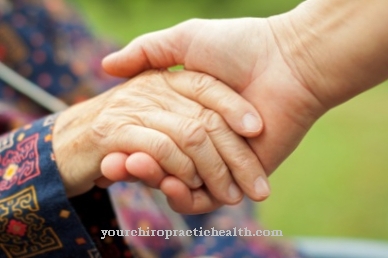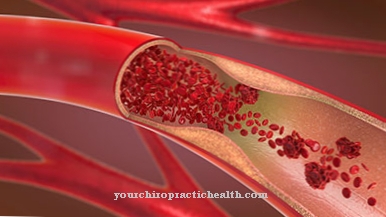The bacterial species Vibrio vulnifiucs from the family Vibrionaceae belongs to the order of the Proteobacteria and falls under it into the class of the Gammaproteobacteria and the genus of the Vibrio. The bacterial species mainly colonizes water and is considered to be human pathogenic. The bacteria cause inflammation of the subcutaneous tissue, which can have fatal consequences if the pathogen enters the bloodstream.
What is Vibrio vulnifiucs?
Vibrios are bacteria with a gram-negative staining behavior, which have facultative anaerobic metabolism and are referred to as curved rod bacteria due to their shape. Many species of the genus are flagellated in a unipolar manner and thus have active mobility.
Vibrio vulnificus is one of the vibrios. The species is classified as pathogenic to humans and is closely related to the species Vibrio cholerae, which is also known as the causative agent of cholera. Infection with the Vibrio vulnificus bacteria does not result in cholera, but it can cause sepsis (blood poisoning).
This type of bacterial infection became particularly relevant after the flooding by Hurricane Katrina. At that time, numerous people with Vibrio vulnificus infections were evacuated in New Orleans.
Occurrence, Distribution & Properties
The preferred habitat of Vibrio vulnificus bacteria is water. The bacteria are mainly found in marine environments and, in addition to estuaries, colonize, for example, brackish water pools or coastal areas. According to a study, the Baltic Sea coast is one of the areas with the highest Vibrio vulnificus population in Germany. The low salt content and the strong warming of the water in this area seem to be responsible for this.
The bacteria often pass to seafood or other aquatic life in the water. Because zoonosis exists, it can also spread to humans. This can be the case, for example, when consuming contaminated seafood. Eating oysters is particularly dangerous in this context, as they are usually eaten raw.
Open wounds can also provide an entry point for the bacterium. Wounds during swimming and wading, for example, allow bacteria to pass into the human organism if the water is contaminated. Another possibility of infection is a stab wound by thornfish such as tilapia.
Because the bacterial species is facultatively anaerobic, they survive in the absence of oxygen. Their growth proceeds fastest in an oxygen-free environment, as they do not need oxygen for their metabolism. The presence of oxygen does not necessarily have to kill facultative anaerobes, but it usually makes it difficult for them to grow.
The bacterial species Vibrio vulnificus is always pathogenic. In the human body, the detection is therefore always associated with disease value, since the bacteria are naturally not to be understood as commensals. This is what distinguishes them from many other bacteria that occur in the human body. Commensals neither benefit nor harm people. Pathogenic bacteria such as Vibrio vulnificus, on the other hand, damage humans in favor of their own growth. Therefore, the infection always needs treatment.
The infection is particularly dangerous for immunodeficient patients such as HIV patients, immunosuppressed patients (with artificially reduced immune systems) or elderly people with an age-physiological weakness of the immune system. In these cases, the Vibrio vulnificus infection can develop into an acutely life-threatening condition.
You can find your medication here
➔ Medicines against redness and eczemaIllnesses & ailments
Symptoms of the gastrointestinal tract appear after an infection with Vibrio vulnificus. In addition to vomiting, these symptoms include diarrhea, for example. The gastrointestinal complaints of the patients are often associated with more or less severe abdominal pain.
The skin symptoms are particularly characteristic of the Vibrio vulnificus pathogen. Blistering dermatitis sets in, which is often misdiagnosed and mistaken for pemphigus vulgaris. More or less extensive cellulitis is also a common symptom. This is an inflammation of the subcutaneous tissue, which, in the form described, is also noticeable on the surface of the skin. Tumors can develop.
For people with a weakened immune system, an infected cut or other wound is a particular danger. The bacteria enter the bloodstream through the wounds. In healthy people, the resulting bacteremia is immediately fought by the immune system. If the immunological attacks fail to occur, bacterial sepsis or septic shock can quickly occur. This systemic inflammatory response can cause circulatory failure or even death.
Vibrio vulnificus infections are associated with relatively high mortality, especially those that have already caused sepsis. Often times, death occurs in the first 48 hours after infection. The ideal treatment remains controversial. The third generation of cephalosporins seems to be most likely to have an effect, for example in the form of ceftriaxone or doxycycline. The bacterial growths on the skin can require surgery or amputation.
Vibrio vulnificus infections occur more frequently in men. For men, the risk of shock, and thus the general risk of mortality from the infection, also appears to be increased. Meanwhile, medicine assumes that the female estrogen has a protective effect against Vibrio vulnificus. Women are usually less at risk of the infection as long as they do not suffer from a hormonal estrogen deficiency.



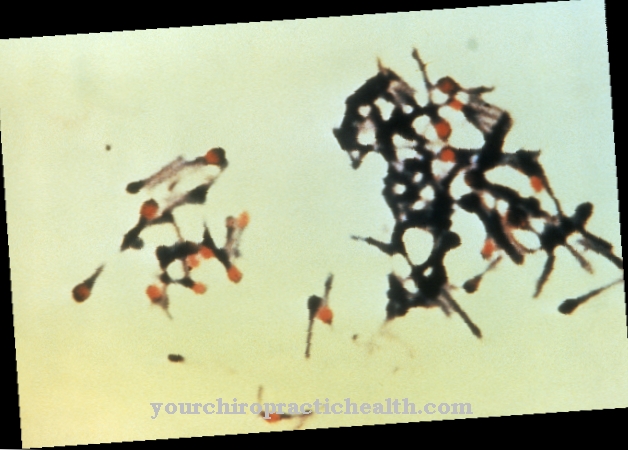


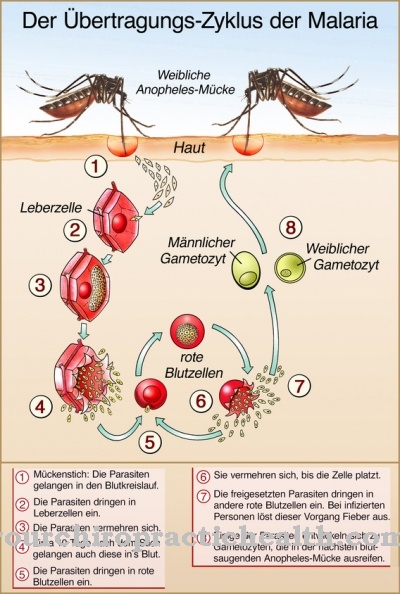


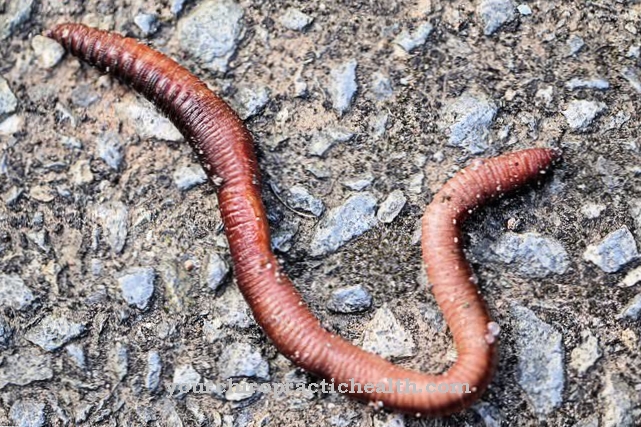
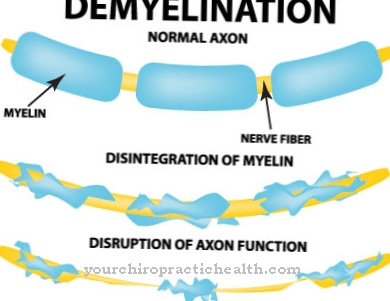
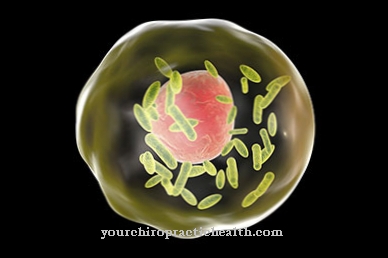




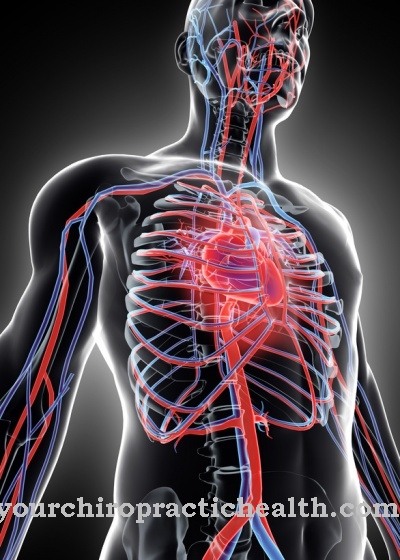


.jpg)






